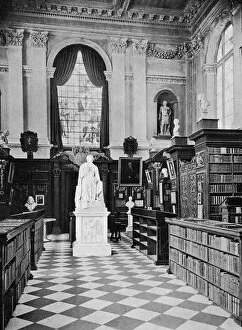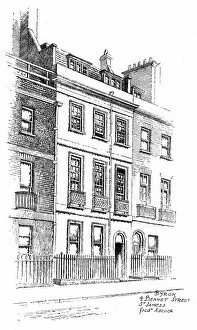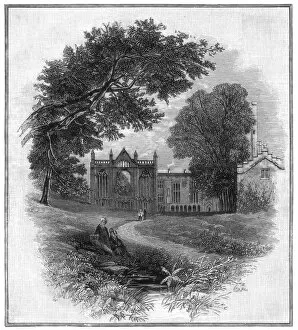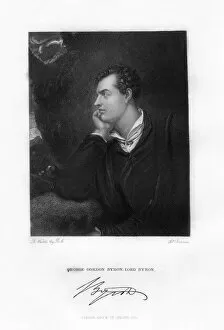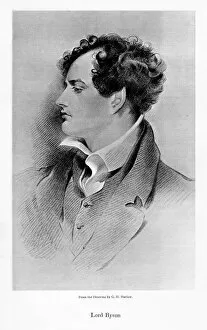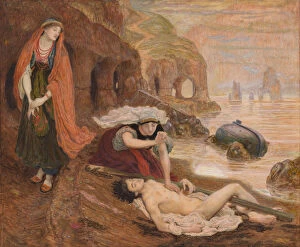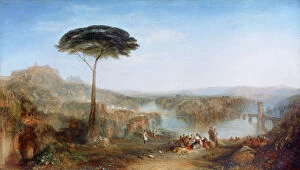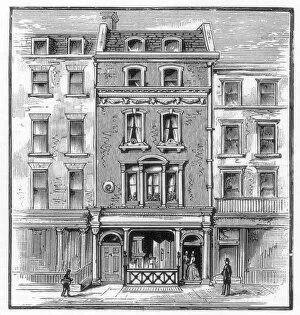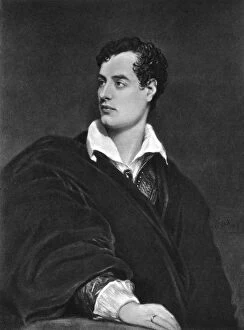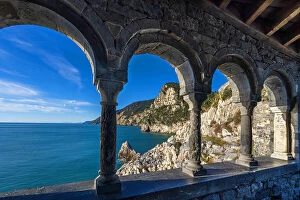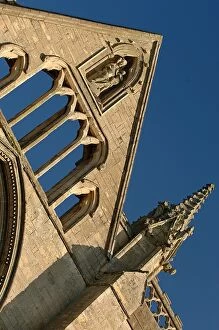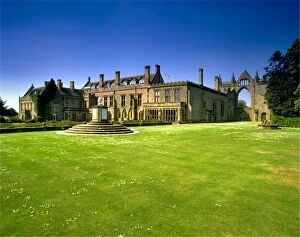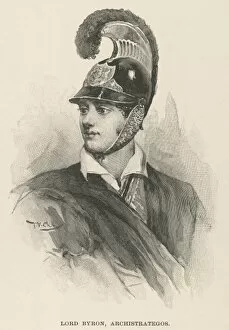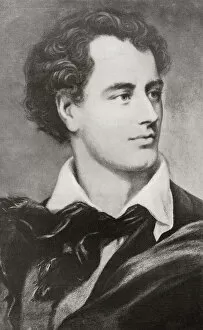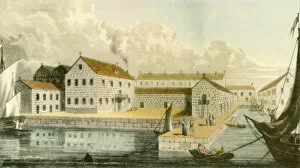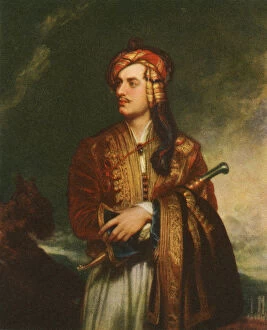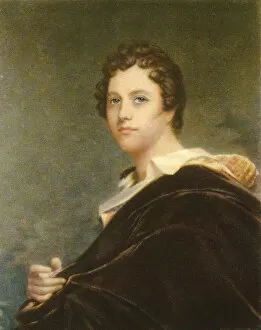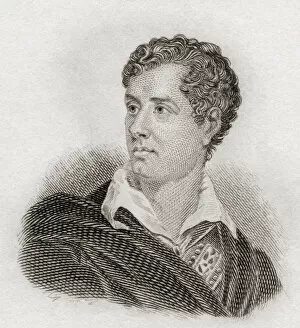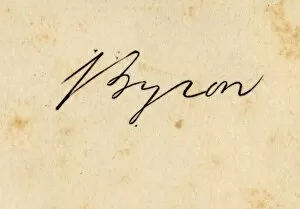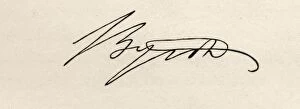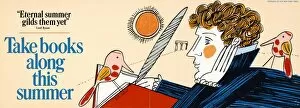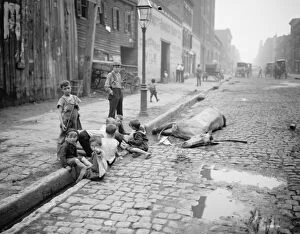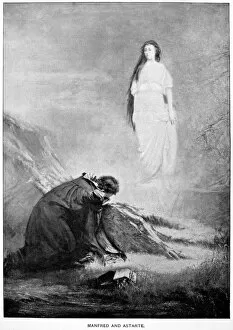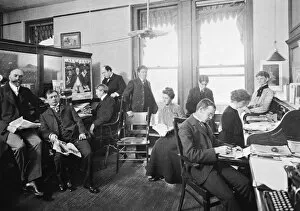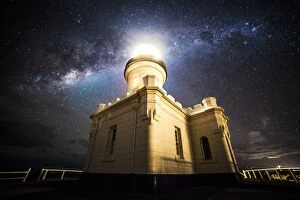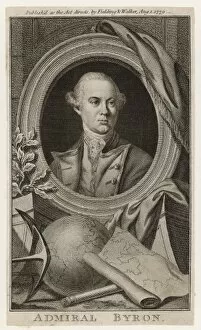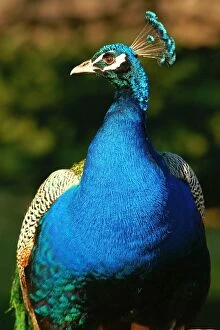Byron Collection (page 5)
Byron, a name that echoes through history and conjures images of brilliance and scandal
For sale as Licensed Images
Choose your image, Select your licence and Download the media
Byron, a name that echoes through history and conjures images of brilliance and scandal. Augusta Ada Byron, the brilliant mathematician and daughter of Lord Byron, whose contributions to science paved the way for modern computing. The Bright Young People, a group of socialites in 1920s London who reveled in their extravagant lifestyles and scandalous parties, reminiscent of the mock Rayner-Ponsonby wedding. Joseph Byron's lens capturing the bustling energy of Delmonicos Restaurant's kitchen in New York City in 1902. Lord Byron himself, known for his poetic genius and infamous love affairs, donning Greek costume as he embraced his passion for Greece. Scenes from Mozart's opera "The Marriage of Figaro" bringing laughter and joy to audiences worldwide. In 1826, Lord Byron immortalized by an image that captures his enigmatic charm. Manfred on the Jungfrau in 1837 showcasing his adventurous spirit amidst breathtaking landscapes. Anne, Lady Byron - her identity shrouded in anonymity but forever entwined with Lord Byron's legacy. George Lord Byron - a man whose words continue to inspire generations with their depth and emotion. Newstead Abbey stands proudly as the home where Lord Byron once roamed its halls, leaving behind whispers of creativity and rebellion. Cologny/Villa Diodati 6 - a place where literary greats like Mary Shelley gathered to share ideas that would shape literature forever. And let us not forget Claire Clairmont - her presence intertwined with both Percy Bysshe Shelley and Lord Byron's lives; she too leaving her mark on history. Byron: A name steeped in intrigue, passion, artistry – forever etched into our collective memory as we unravel the layers behind this captivating figure who continues to fascinate us centuries later.



